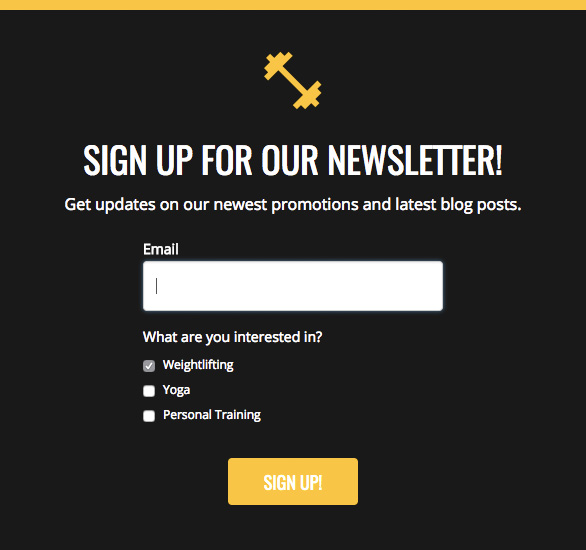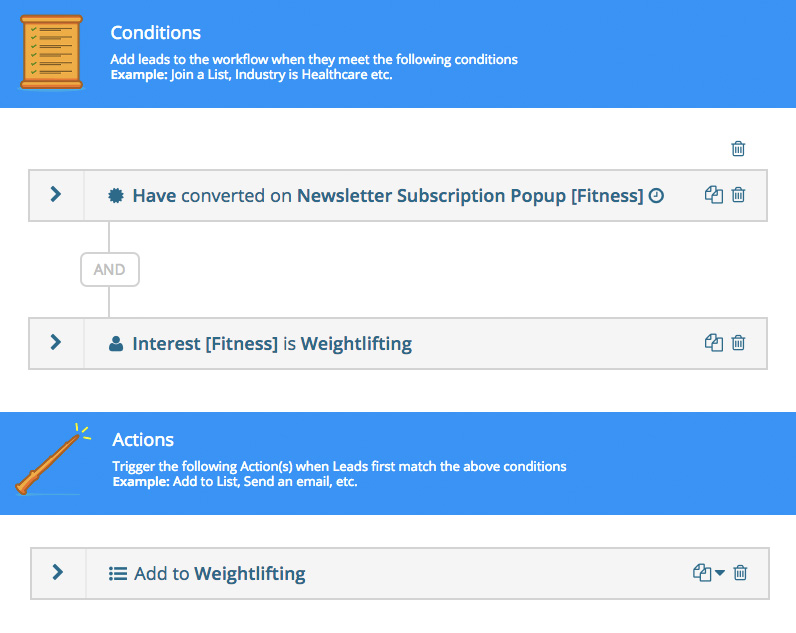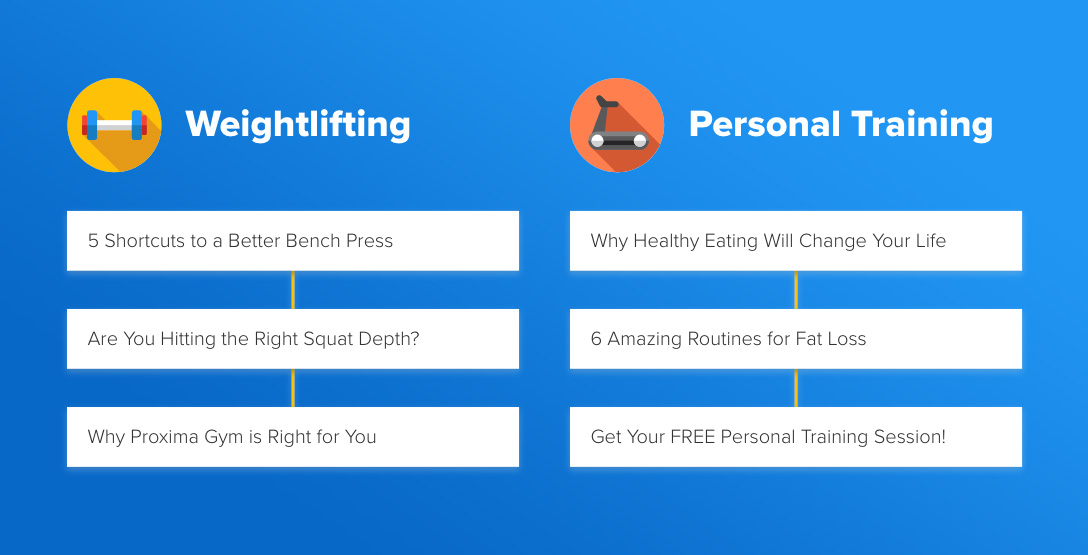If you're running an online business — or a small business of any kind — you've probably built up an email list.
This list can be a golden ticket to the sales you need for your company to succeed.
It's made up of prime leads with a genuine interest in your product or service.
But not every lead on your mailing list is exactly the same.
Some of them might be returning customers who've used your company for years, while others haven't bought anything yet.
Your email list can actually be broken down and segmented, and you can approach different subsets of people differently depending on what they're looking for.
If you haven't segmented your email list yet, it's probably time that you did.
In a recent blog post from Wishpond, the author explains how you can use several strategies to figure out what segments exist within the list, then find the most effective marketing messages for each group.
Segment Your List
If the main purpose of your email list is to get more customers for your business, you want to maximize the effectiveness of your email campaigns.
That means sending the right emails to the right group of people at the right time – and the best way to do this is to segment your list.
The first thing you need to do is identify your segments. This will vary drastically depending on your business.
For example, the Wishpond blog has lists for social media, growth hacking, and lead generation readers, which determine the different types of content our various subscribers receive. If you were a fitness center, you might create different segments for contacts who are interested in weightlifting, fitness classes, and personal training.
The best way to think about these segments is as different subsets of your target market: how does your product differ in the eyes of different types of consumers?
Once you’ve determined these segments, we’re ready to set up the workflows that will help make creating these segments simple.
Using marketing automation, we’ll create multiple lists of subscribers based on the topics they’re interested in. Let’s look at two ways to do this:
Using a form
This method is rather straightforward – it relies on blog or website visitors to segment themselves using an extra field that you’ll add to your subscription flow.
On your subscription popup or landing page, add either a drop down or multiple choice form field with your list of segments. This gives people a greater degree of choice when it comes to the types of emails they’ll receive.
[image source: Wishpond]
This is generally a good approach if you’re not as confident in segmentation by pageview (more on that below), or if you believe your subscribers will be likely to want content that spans multiple topics.
Once you’ve created your form field, you’ll set up a workflow that assigns people to certain lists based on the “interest” lead property:
Proactive segmentation by pageview/action
While it’s ostensibly less reliable, segmenting your subscribers based on the pages they’ve visited removes the need to directly ask them for their interests, and is also just a neat way to use marketing automation.
All you need to do is create workflows that segment users based on the pages they’ve converted on, instead of segmenting based on a property they’ve assigned themselves.
[image source: Wishpond]
Let’s continue with our hypothetical fitness center. I’m running ads to three landing pages for my different segments (weightlifting, yoga and personal training), collecting leads to pass on to my sales team and to market to with email drip campaigns.
I’ve created workflows that send each of these leads to a specific list based on interest, so I can tailor and personalize my drip campaigns to contain content specific to each of these types of people. This maximizes the effect of your email marketing efforts, drastically increasing conversion rate.
Marketing to Segments
Creating detailed segments isn’t worth it if you’re not going to personalize the way you’re marketing to them. Set up a new drip campaign for each of your segments containing content that they would find interesting.
[image source: Wishpond]
For example, my weightlifting segment might receive emails like “5 Tips to Boost Your Bench Press” or “3 Six-Pack Shortcuts”, while my personal training segment might receive content like “How 95% of Our Clients Achieved Their Goals in 3 Months”.
It’s up to you to identify the type of content that will resonate with each segment to maximize the chances you’ll convert them.
You can find more great tips for building a killer email list over at Wishpond.
[adrotate group=”5″]
[adrotate group=”6″]
CHALLENGE Yourself to Profit!
Free Download: Build Your Profit-Generating Online Business With This Free Blueprint
Sign Up, follow the easy steps and You'll get the tactics, strategies & techniques needed to create your online profit stream. It's free!




